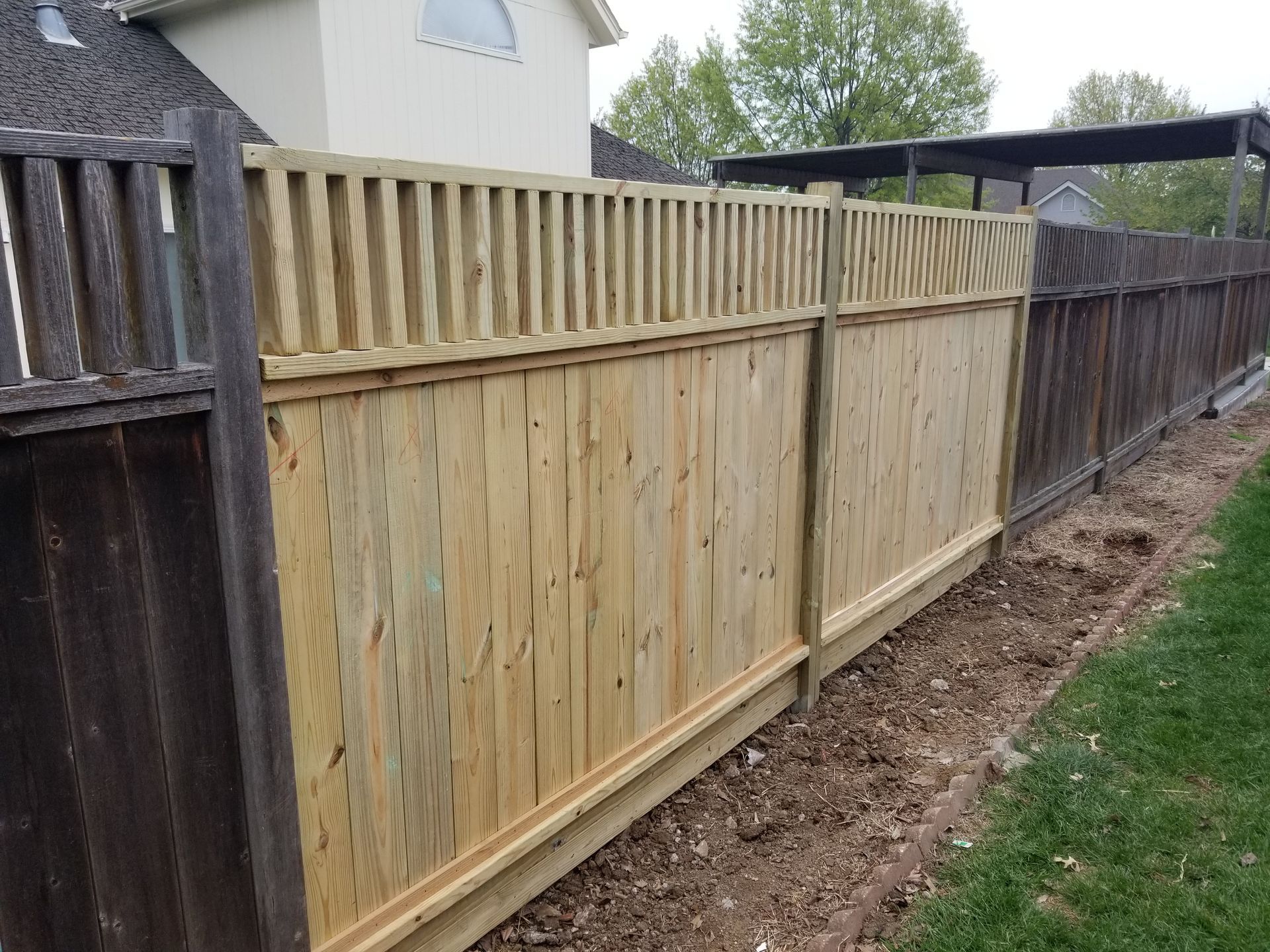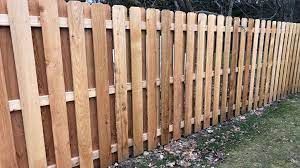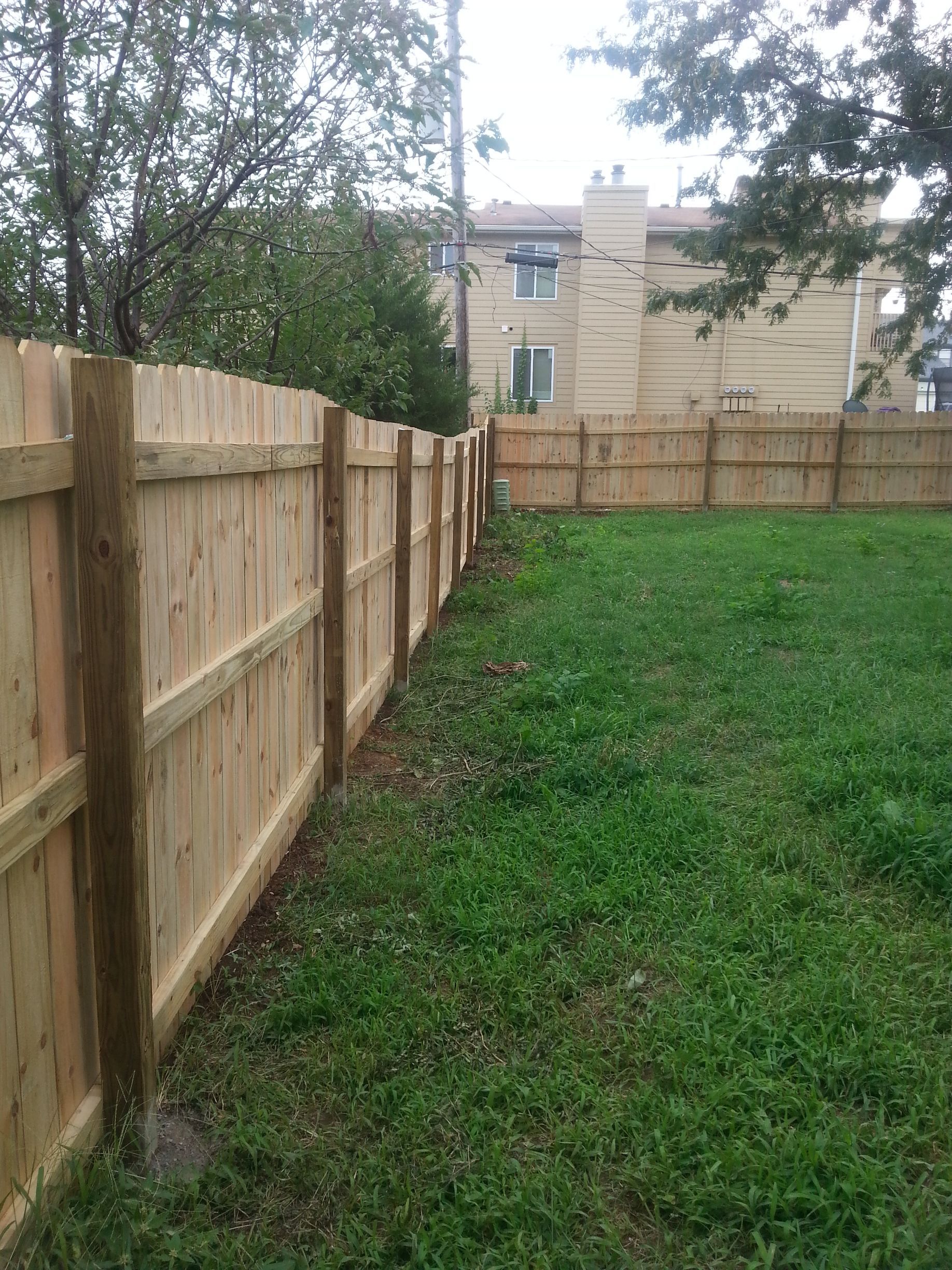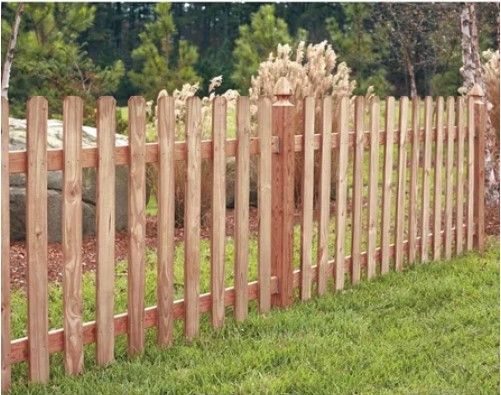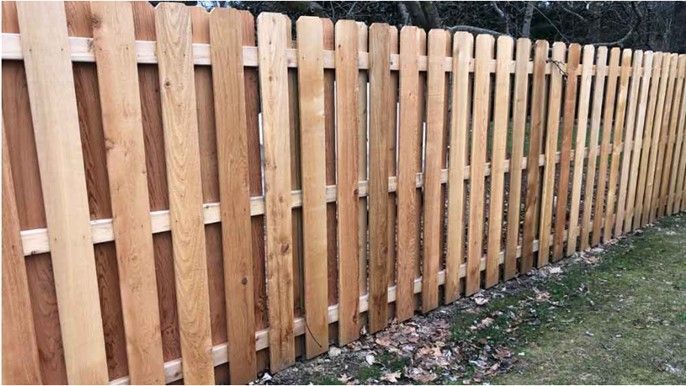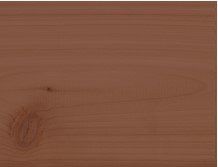Fence Installation & Repairs in Olathe, KS
Fences Make Good Neighbors
Wood Fences Should Last About 20 Years
Has your fence seen better days? Have a sagging gate? Is it just old?
You can expect your wood fence to last approximately 20 years--if your lucky. If you luck has run out or your fence is just in bad shape-now is the time to get it fixed. Repairs will only get more expensive if you out it off.
What You Can Expect From
Our Wood Fence Installations
Basic Styles Commonly Found in Kansas City
Below Are Our Standard Offerings-So Easily To Price Out
Available In Cedar and Pressure Treated Lumber
Pressure Treated Fence
Pressure-treated wood is a popular choice for building fences due to several benefits it offers. Pressure-treated wood is infused with preservatives to make it more resistant to decay, insects, and other environmental factors that can lead to deterioration. Plus compared to cedar it is less expensive to use.
Check out our blog about pressure treated wood...
Cedar Fence
Cedar wood is a popular choice for fencing due to its numerous benefits and desirability. Cedar wood has a low moisture content and is less prone to swelling, shrinking, or warping compared to other types of wood. This stability helps maintain the integrity of the fence over time.
Read our blog about cedar wood...
Wood Fence Services We Offer
Wood Fence Repairs
replace broken or warped pickets; replace 2x4 railings; remove and replace posts; replace existing sagging gates
Wood Fence Reconstruction
tear down of existing fence; installation of new fence materials; set posts in concrete
Fence Staining And Sealing
power wash fence; apply transparent stain; transparent sealer; semi-transparent stain; solid color stain
Wood Fence Cleaning
apply wood cleaner; power wash to remove stubborn existing mildew and dirt;
watch it lose all the weathered brown
Fence Removal And Disposal
remove existing fence; remove posts; remove gates; haul away and discard debris
Fence Painting
For those fences that have already been painted, we can prep , primer, and apply a new coat of paint
TYPES OF WOOD FENCE STAINS
Extend the life of your fence by protecting it from the harsh elements of our Kansas City weather. If you have ever seen rotted railings or warped pickets, it's probably due to lack of protection. By applying a good quality stain or sealer on a regular basis you can extend the life of your fence many years making the investment worth every penny. In addition stain enhances the beauty of the wood increasing value and curb appeal. Find out today how much it would cost to protect your fence by booking a free estimate .
Transparent Clear
- No color allows natural wood to show through
- Used to repel water from wood and weatherproof it
- Uv protection prevents wood from drying out
Transparent Tinted
- Allows the natural pattern of the wood to show through
- Ideal for new or unstained surfaces
- Natural and subtle color accents wood grain
Semi-Transparent
- Allows wood grain and texture to show through
- Adds subtle color
- Accents and enhances pattern of wood grain
Solid Color
- Hides blemishes, imperfections and signs of aging wood
- Adds vibrant color and provides an even, uniform appearance
- Self Priming
Frequently Asked Fence Repair Questions
-
Do you install fences when there isn't one in place?
Yes...we can install a fence from scratch.
Our typical work is follows:
- you provide us with an outline for location
- we check if a permit is required
- we schedule for the locates to flag utilities
- purchase and schedule material for delivery
- install fence
- haul away any debris
-
Do I need a fence permit for deck repairs?
It all depends on the city. Some cities such as Olathe does not require any type of permit.
In othre cities, like Mission, if replacing more than a c ertain percentage of the fence, then a permit is required.
The above is a generaliztion and we do check with each city to be sure we are following regulations.
-
Which type of stains are best for fence?
Exterior wood stains typically come as follows:
- clear
- transparent (you can have a hint of color)
- semi-transparent
- solid color
Stain and sealers help prolong the life of decks by keeping the sun's UV rays from damaging the wood. Between the UV rays, rain, snow, leaves from trees, fences will slowly start to weather and turn brown or black if not stained.
Eventually fences dry out enough where they may start to crack and eventually fall apart or end up rotting out.
Clear stains don't add any color to the fences and their primary funtion is to keep water from pentrating the wood.
Transparent stains may actually have a hint of color so you get protection and nice looks. These allow the grain of wood to show.
Semi-transparents provide more protection than the previous two because the stain itself has some solid particles that provide more protection.
Solid color stains provide for the maximum protection and tend to last longer than ther other types of stains.
The more solid the stain the less you will have to re-apply over the years.
-
When can you stain a brand new fence?
A brand new pressure treated deck must dry out for about 60 days before it can be stained. The reason being is that the wood has been treated with preservatives to keep water or any other liquid from penetrating. If you do stain a brand new pressure treated fence, the stain will likely peel quickly.
A brand new cedar or kiln dried wood fence can be stained or sealed immediately. These materials have no preservatives or have dried out long enough that staining them won't be an issue.
-
How long does the stain last on a fence?
You can expect to reapply:
clear sealer--every 2 years
transparents--every 2 to 3 years
semi-transparents--every 2 to 4 years
solid colors--every 5 years
HOURS OF OPERATION
Sunday CLOSED
Monday 9:00 AM - 5:30 PM
Tuesday 9:00 AM - 5:30 PM
Wednesday 9:00 AM - 5:30 PM
Thursday 9:00 AM - 5:30 PM
Friday 9:00 AM - 5:30 PM
Saturday CLOSED
We Read E-Mails After Hours
And Weekends











